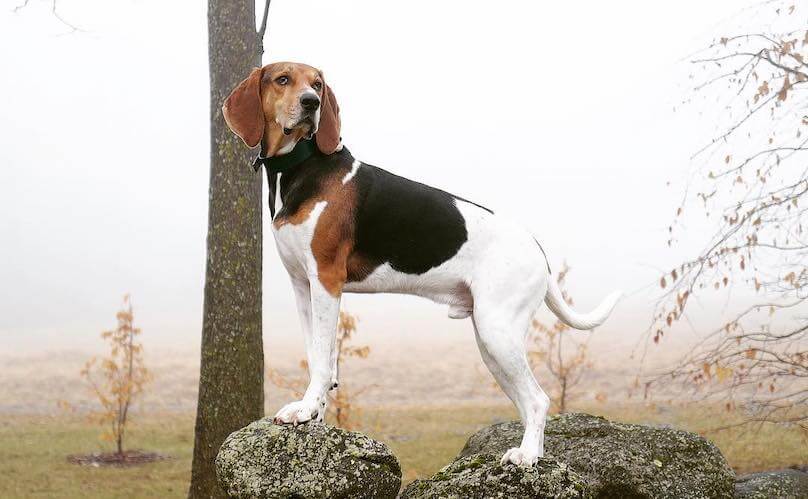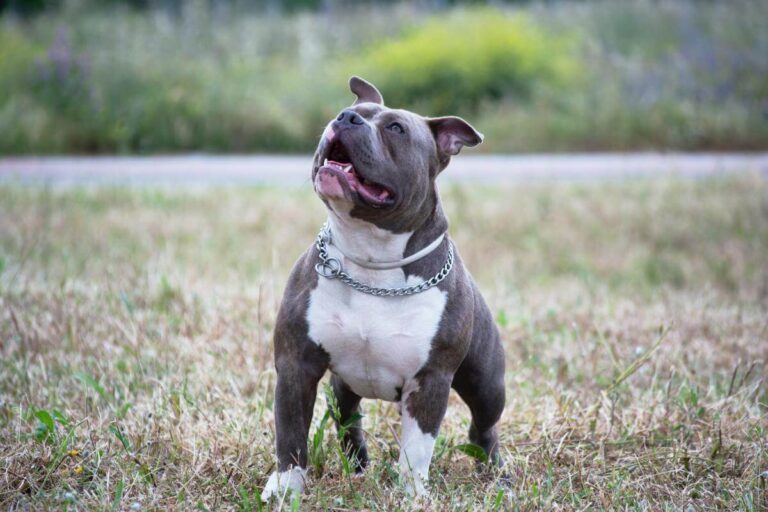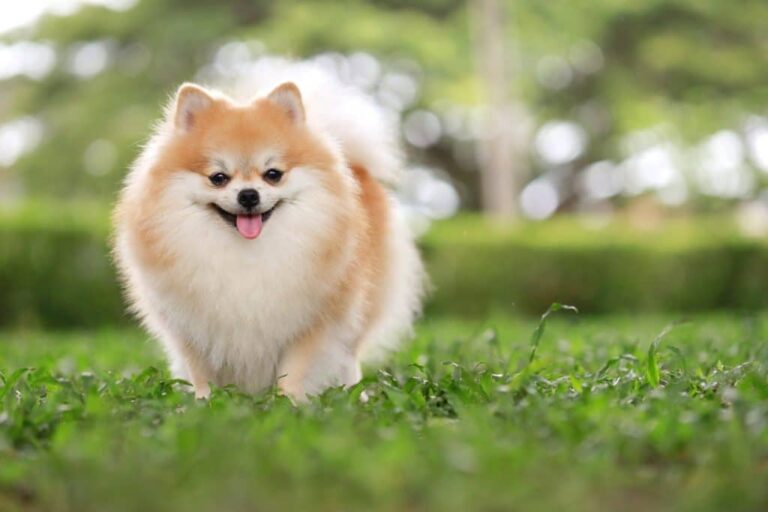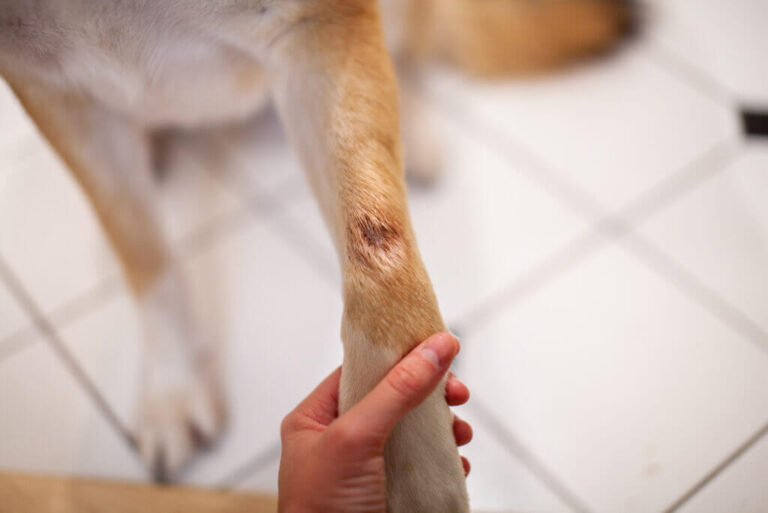Treeing Walker Coonhound Dog Breed | Description, Temperament, Lifespan, & Facts
The Treeing Walker Coonhound, often simply called the Treeing Walker, is a breed renowned for its hunting prowess and friendly disposition. Originating in the United States, this breed is deeply rooted in Southern traditions, embodying a blend of speed, endurance, and intelligence. Bred primarily for hunting raccoons, the Treeing Walker is celebrated for its keen nose and remarkable treeing ability, making it a favorite among hunters.
Contents
Physical Characteristics

Size and Weight
Treeing Walker Coonhounds are medium to large dogs, typically weighing between 50 to 70 pounds and standing 20 to 27 inches tall at the shoulder. They are well-proportioned, with a muscular build that highlights their athleticism and agility.
Coat and Colors
The breed’s coat is short, smooth, and dense, providing a sleek appearance and easy maintenance. The most common color pattern is tricolor—white with black and tan markings. However, some may also have bicolor patterns.
Distinctive Features
Treeing Walkers have a distinctive look with long, floppy ears, a straight, square muzzle, and a keen, alert expression. Their eyes are usually dark brown, exuding a sense of intelligence and curiosity.
Temperament and Personality
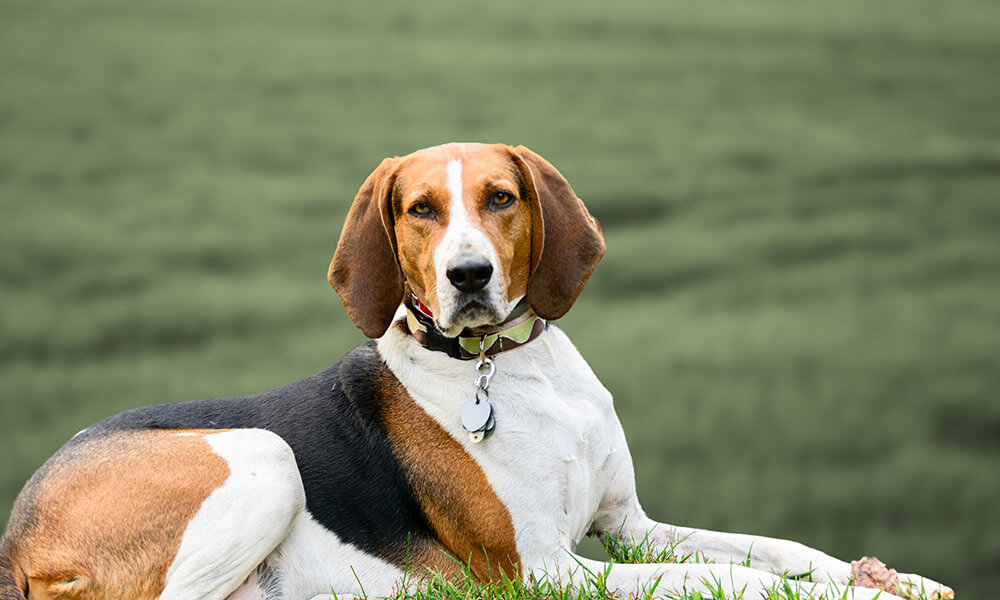
General Disposition
Treeing Walkers are known for their friendly and sociable nature. They are affectionate with family members and generally good-natured with strangers. Their temperament makes them excellent companions both in the home and on hunting expeditions.
Behavior with Family and Children
These dogs are great with children, displaying patience and playfulness. They form strong bonds with their families and are protective without being aggressive. Their gentle nature makes them ideal family pets.
Interaction with Other Pets
Treeing Walkers can get along well with other dogs, especially if socialized from a young age. Their hunting instincts, however, mean they may not always be suited to households with smaller pets such as cats or rodents.
Training and Exercise Needs
Training Tips
Treeing Walker Coonhounds are intelligent and eager to please, which can make training relatively straightforward. Positive reinforcement methods work best, with rewards such as treats, praise, and play. Consistency and patience are key to successful training.
Exercise Requirements
Given their hunting background, Treeing Walkers require plenty of exercise. They thrive on activities that challenge them both physically and mentally, such as long walks, runs, and games of fetch. Engaging them in scent work or tracking activities can also be highly beneficial.
Mental Stimulation
Mental stimulation is crucial for this breed. Puzzle toys, obedience training, and interactive play help keep their minds sharp and prevent boredom, which can lead to destructive behaviors.
Health and Lifespan
Common Health Issues
Treeing Walkers are generally healthy dogs, but they can be prone to certain conditions, including hip dysplasia, ear infections, and eye problems like progressive retinal atrophy. Regular veterinary check-ups and a healthy diet can mitigate these risks.
Lifespan
The average lifespan of a Treeing Walker Coonhound is between 12 to 13 years. With proper care, some can live even longer, enjoying many active and healthy years.
Preventative Care
Routine veterinary care, including vaccinations, dental hygiene, and parasite control, is essential. Regular ear cleaning is also important to prevent infections, given their long, floppy ears.
Grooming and Maintenance
Coat Care
Treeing Walkers have low-maintenance coats. Weekly brushing will help remove loose hairs and keep their coat shiny. They are moderate shedders, so regular grooming can also help manage shedding.
Dental Hygiene
Dental care is crucial for overall health. Regular brushing of their teeth and providing dental chews can help prevent tartar build-up and periodontal disease.
Nail Trimming
Their nails should be trimmed regularly to prevent overgrowth and cracking. Active dogs may naturally wear down their nails, but it’s still important to check them regularly.
Feeding and Nutrition
Dietary Needs
A balanced diet formulated for medium to large active breeds is recommended. High-quality commercial dog food or a well-planned homemade diet can meet their nutritional needs.
Recommended Foods
Foods rich in protein and essential nutrients are best. Look for dog food brands that list meat as the first ingredient and avoid fillers like corn and soy.
Feeding Schedule
Feeding them twice a day—morning and evening—is generally suitable. Always provide fresh water and monitor their weight to adjust portions as needed.
Hunting and Working Capabilities
Hunting Skills
Treeing Walker Coonhounds excel in hunting raccoons, but their skills extend to other game like squirrels and opossums. They are known for their “treeing” ability, where they chase prey up a tree and alert their owner with a distinctive bark.
Working Roles
Beyond hunting, these dogs can participate in various canine sports and activities, such as agility, obedience, and tracking. Their versatility and eagerness to work make them suitable for numerous roles.
Famous Treeing Walker Coonhounds in History
The breed has made notable contributions to hunting history, with some individuals becoming legends for their exceptional hunting prowess and achievements in competitive events.
Living with a Treeing Walker Coonhound
Suitable Living Environments
Treeing Walkers adapt well to various living environments, from rural settings with ample space to suburban homes with fenced yards. They do best in homes where they can get plenty of outdoor time and exercise.
Compatibility with Urban and Rural Settings
While they can adapt to urban living, they thrive in rural settings where they can explore and use their hunting instincts. Urban owners should ensure they get sufficient exercise and mental stimulation.
Daily Life
Daily life with a Treeing Walker is active and engaging. They enjoy being involved in family activities and need regular interaction to stay happy and healthy.
Adopting a Treeing Walker Coonhound
Finding Reputable Breeders
When looking to adopt, finding reputable breeders who prioritize health and temperament is crucial. The American Kennel Club (AKC) and breed-specific clubs can provide recommendations.
Adoption Considerations
Consider adopting from rescue organizations dedicated to the breed. These dogs can make wonderful pets and often have a lot of love to give.
Rescue Organizations
Several rescue organizations specialize in Coonhounds, including Treeing Walkers. These organizations can help match potential owners with dogs in need of homes.
Fun Facts and Trivia
Unique Traits
Treeing Walkers are known for their unique “treeing” bark, which helps hunters locate them during a hunt. They are also known as the “People’s Choice” among Coonhounds for their exceptional hunting abilities.
Breed Popularity
While not as well-known as some other breeds, Treeing Walkers have a dedicated following, particularly among hunters and outdoor enthusiasts.
Notable Appearances in Media
Treeing Walker Coonhounds have made appearances in various forms of media, showcasing their intelligence and agility. Their presence in movies and TV shows highlights their versatility and charm.
Conclusion
In summary, the Treeing Walker Coonhound is a versatile, affectionate, and intelligent breed that excels both as a hunting companion and a family pet. Their friendly disposition, coupled with their remarkable hunting skills, makes them a unique and rewarding breed to own. With proper care, training, and attention, a Treeing Walker can be a loyal and loving addition to any home.
- Golden Retriever Pros and Cons: What Every Pet Parent Should Know - 15 September 2025
- Cane Corso Dog Breed: Health, Care, and Lifespan - 14 September 2025
- Catahoula Leopard Dogs: Description, Temperament, Lifespan, & Facts - 21 July 2025

